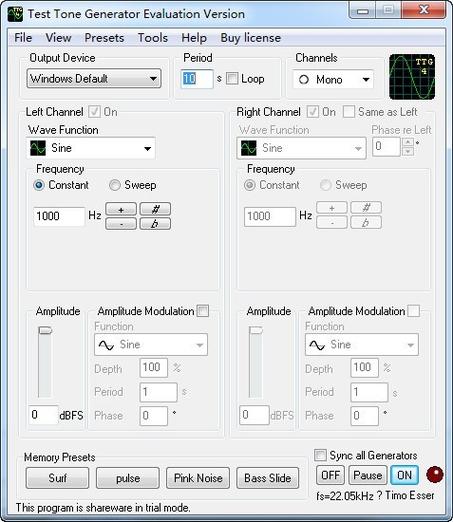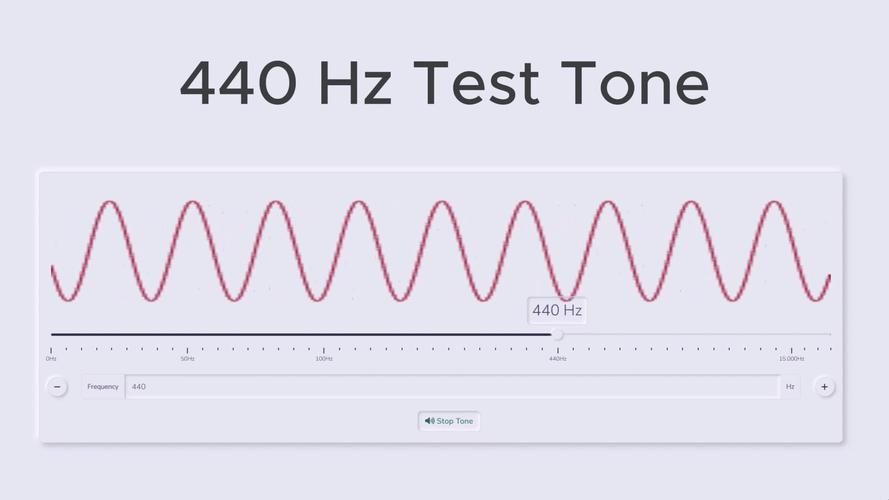Are you curious about the world of tone testing? Do you want to delve into the intricacies of this fascinating field? Look no further! In this comprehensive guide, we will explore the various aspects of tone testing, from its definition and applications to the tools and techniques used. Get ready to uncover the secrets behind this intriguing process.
Understanding Tone Testing
Tone testing, also known as sound level measurement, is the process of measuring the intensity or loudness of a sound. It is widely used in various industries, including acoustics, engineering, and environmental science. By understanding the tone of a sound, professionals can assess its impact on human health, determine the effectiveness of noise control measures, and ensure compliance with regulatory standards.

There are several key factors to consider when conducting tone testing:
-
Frequency: The pitch or tone of a sound is determined by its frequency, which is measured in hertz (Hz). High-frequency sounds are perceived as higher-pitched, while low-frequency sounds are perceived as lower-pitched.
-
Intensity: The loudness of a sound is measured in decibels (dB). Higher intensity sounds are perceived as louder, while lower intensity sounds are perceived as softer.
-
Duration: The length of time a sound is present can also affect its perceived tone. Short-duration sounds may be perceived as more intense, while long-duration sounds may be perceived as less intense.

Applications of Tone Testing
Tone testing has a wide range of applications across various industries. Here are some of the most common uses:
-
Acoustics: Tone testing is essential in the design and construction of buildings, ensuring that the acoustics are suitable for the intended use. This includes assessing the sound insulation between rooms, the reverberation time of a space, and the overall sound quality.
-
Engineering: In the field of engineering, tone testing is used to evaluate the noise levels produced by machinery and equipment. This helps engineers to identify and mitigate noise sources, ensuring compliance with noise regulations and improving the working environment.
-
Environmental Science: Tone testing is crucial in environmental science for assessing the impact of noise on wildlife and human populations. By measuring the noise levels in various environments, researchers can identify noise pollution hotspots and develop strategies to reduce their impact.
-
Health and Safety: Tone testing is used in health and safety to assess the potential risks associated with noise exposure. This includes evaluating the noise levels in workplaces, schools, and public spaces, and implementing measures to protect individuals from excessive noise exposure.
Tools and Techniques for Tone Testing
There are various tools and techniques available for conducting tone testing. Here are some of the most commonly used ones:
-
Sound Level Meters: These devices are used to measure the intensity of a sound in decibels. They come in various types, such as hand-held, portable, and fixed-mount models, depending on the specific application.
-
Frequency Analyzers: These devices are used to analyze the frequency content of a sound. They can help identify specific frequencies that contribute to the overall tone of the sound.
-
Acoustic Cameras: These cameras use advanced technology to visualize sound waves and their propagation. They are particularly useful in identifying and locating noise sources in complex environments.
-
Software: There are various software programs available for analyzing and processing tone testing data. These programs can help professionals to visualize the data, identify trends, and make informed decisions.
Challenges and Considerations
While tone testing is a valuable tool, there are some challenges and considerations to keep in mind:
-
Environmental Factors: The presence of wind, temperature, and humidity can affect the accuracy of tone testing measurements. It is important to account for these factors when conducting tests.
-
Subjectivity: The perception of sound can be subjective, making it challenging to accurately measure and evaluate the tone of a sound. It is important to use standardized methods and equipment to minimize this variability.
-
Regulatory Compliance: Tone testing must be conducted in accordance with relevant regulations and standards. It is important to stay up-to-date with the latest requirements to ensure compliance.
Conclusion
Tone testing is a vital process in various industries,










